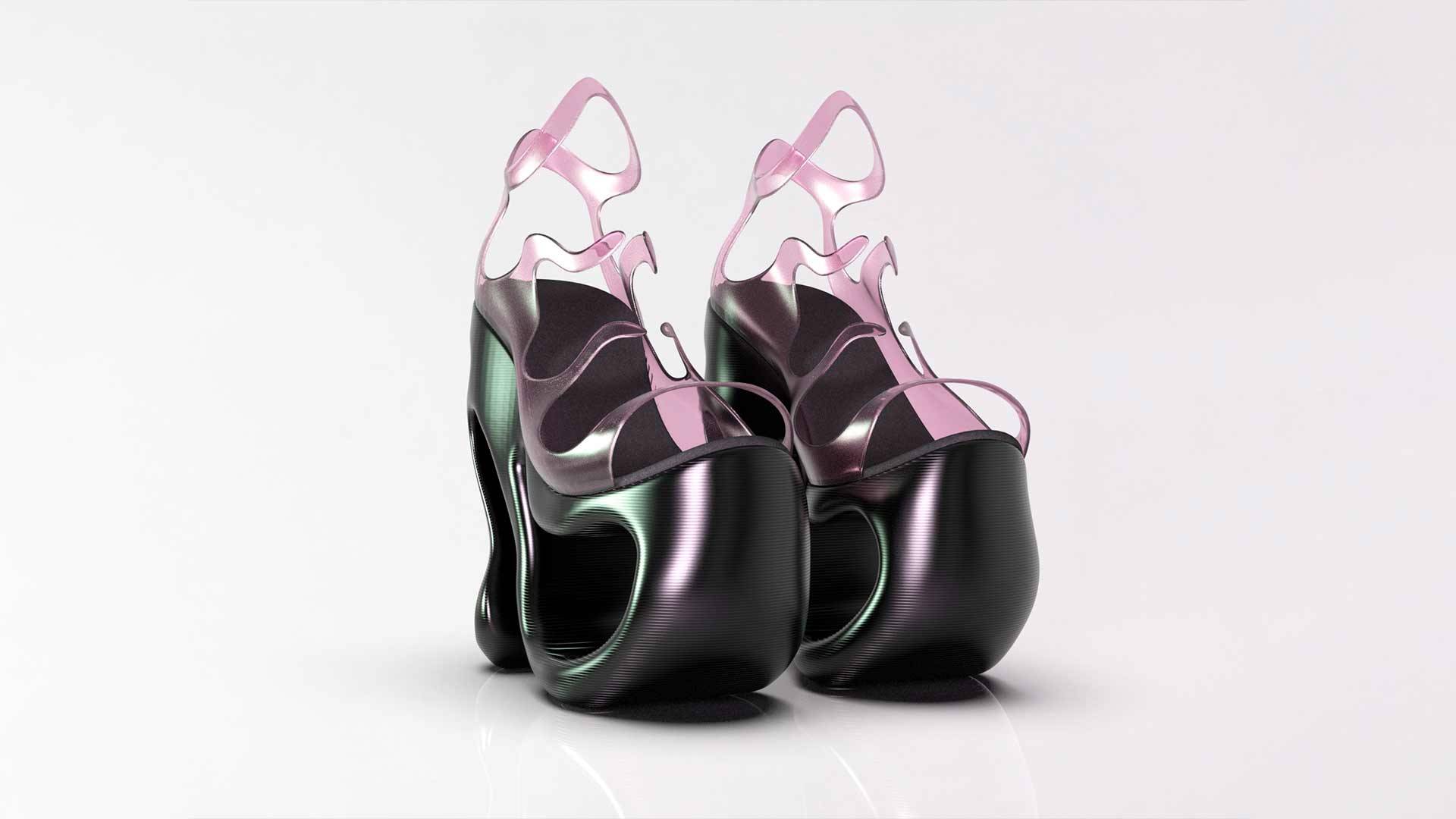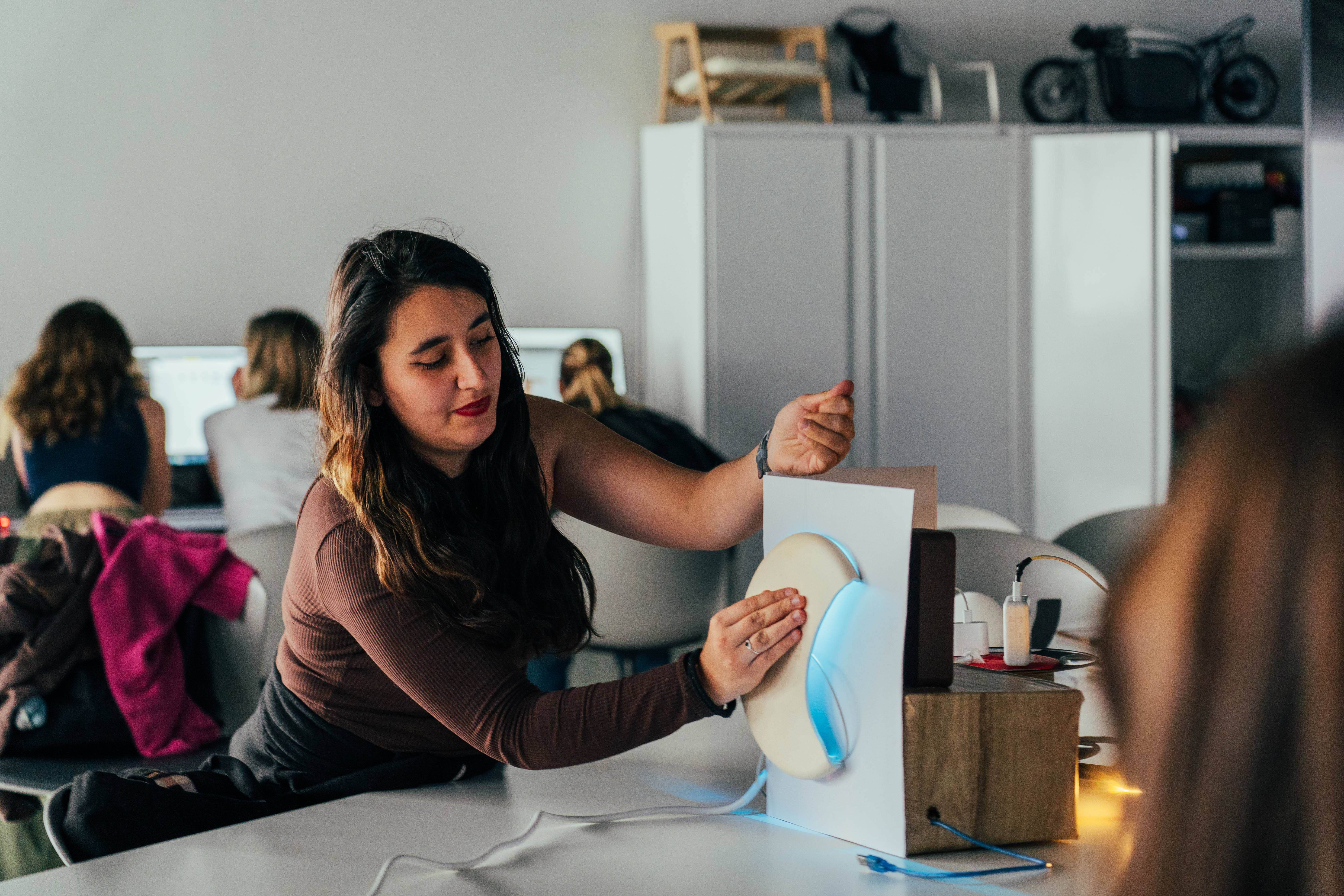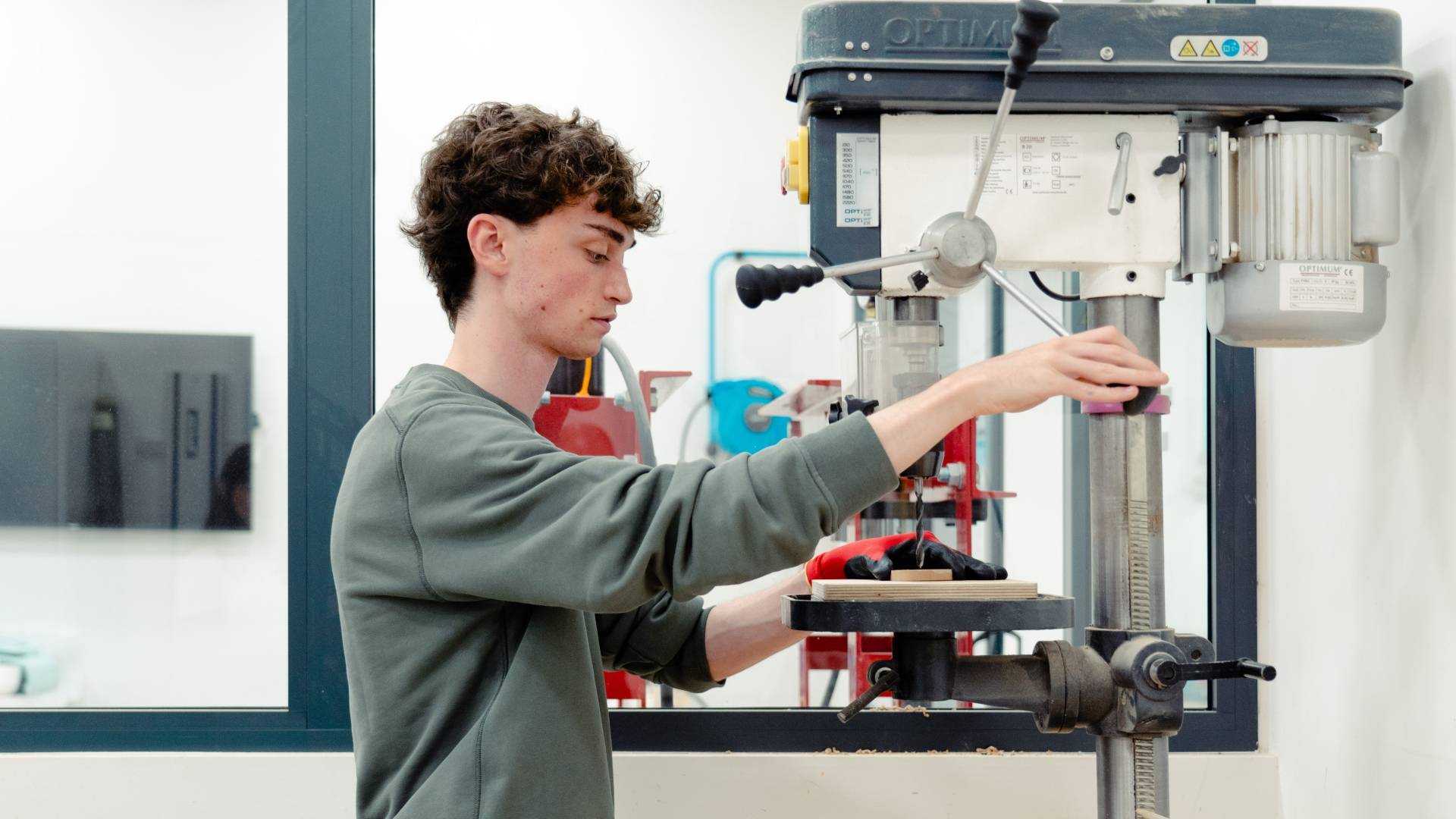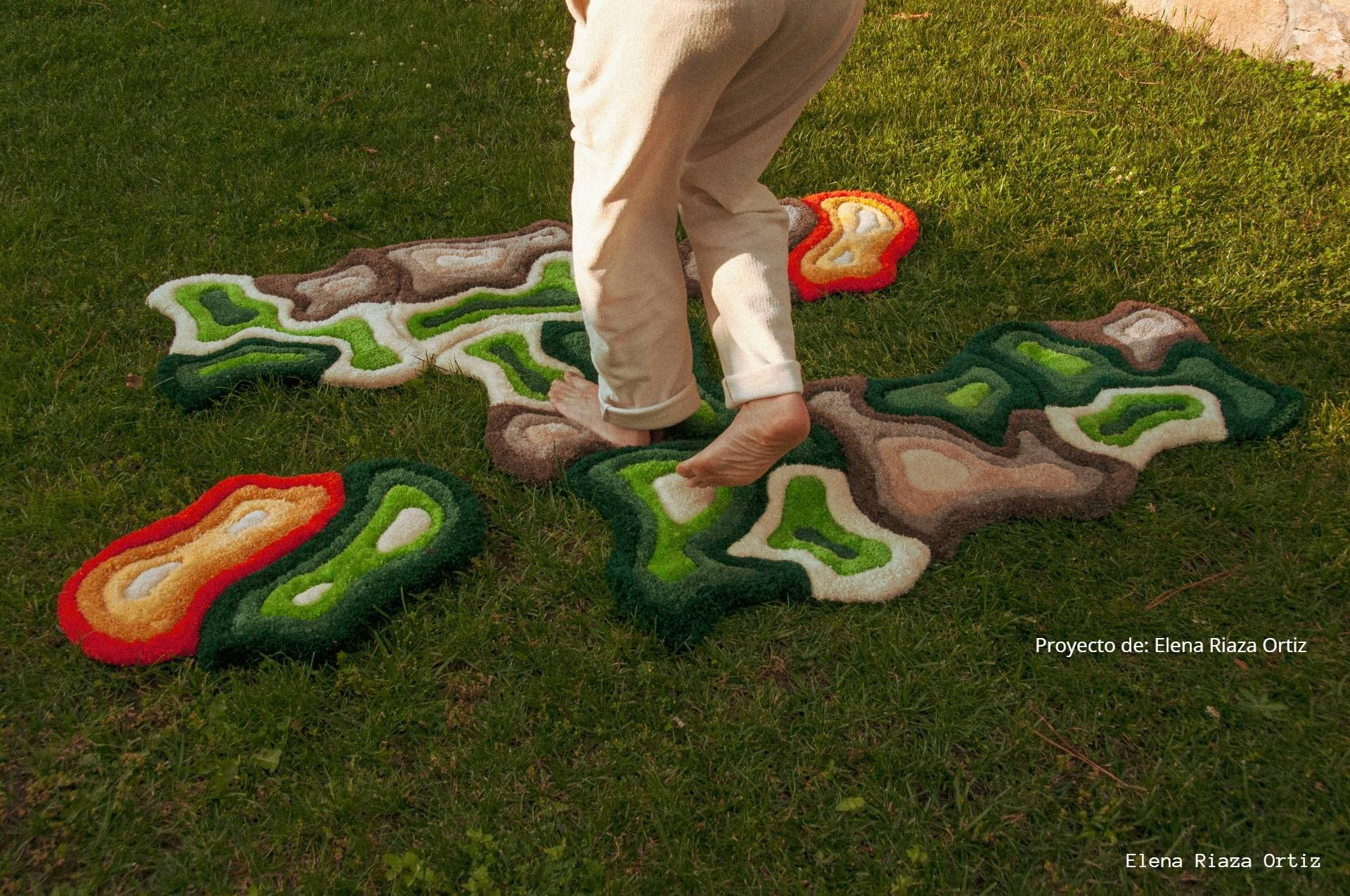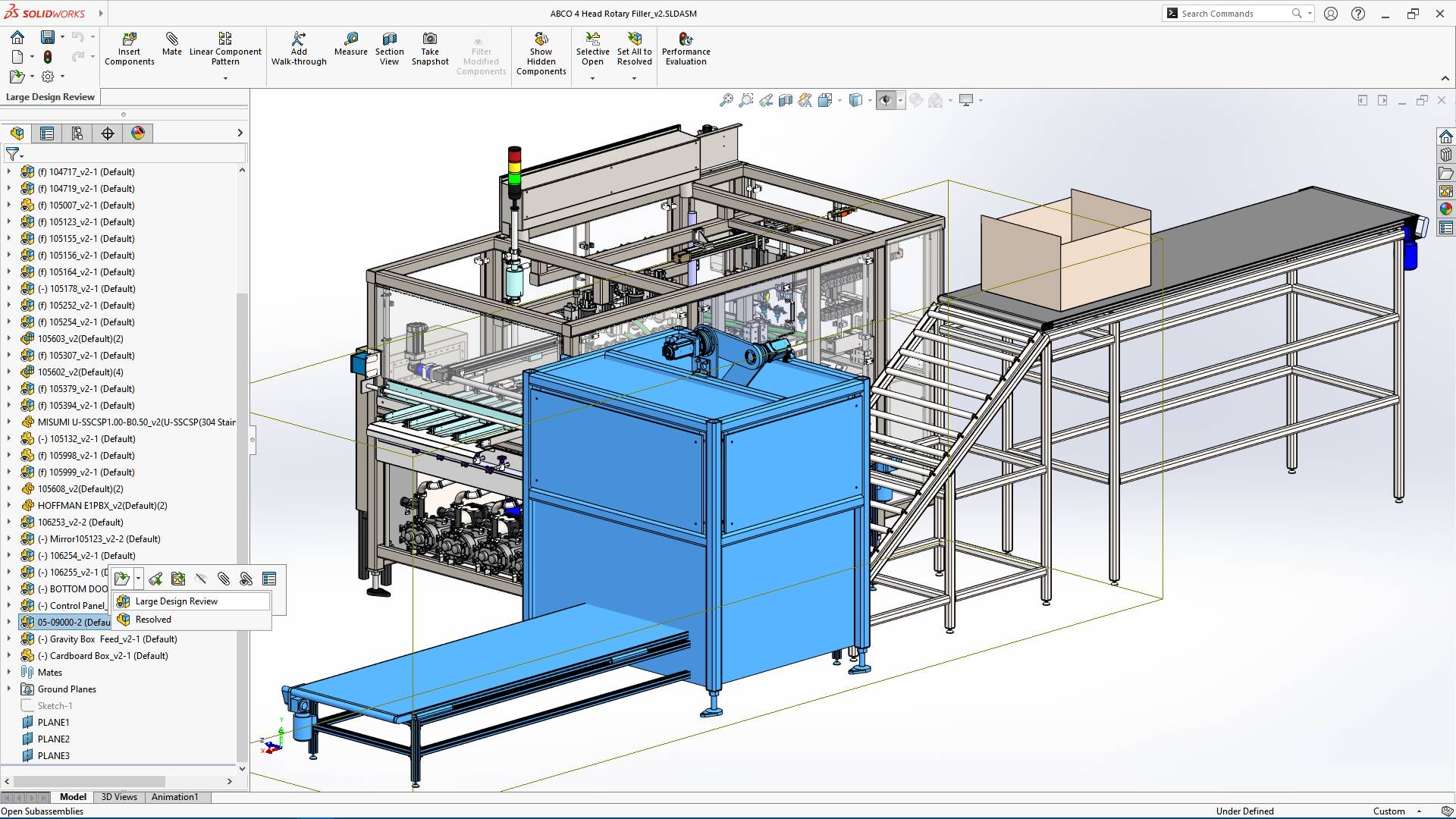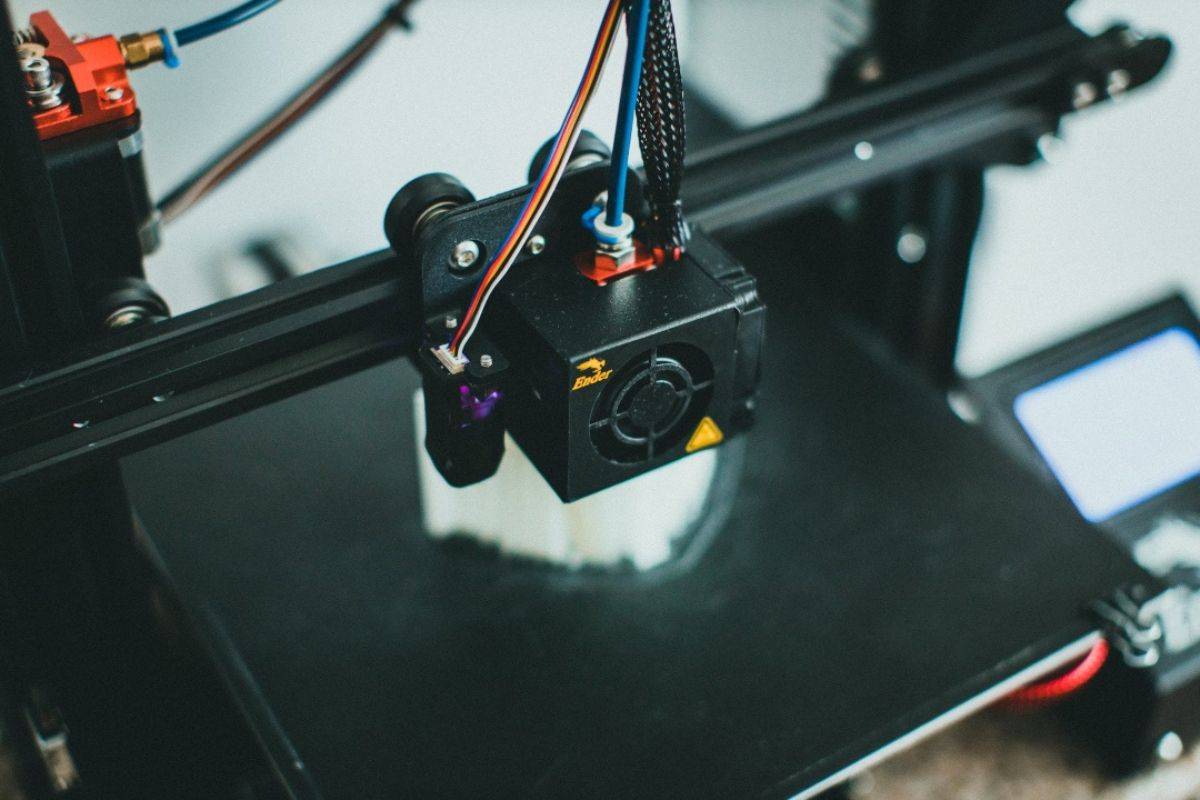What is CMF design?
Product Design is a discipline that encompasses many essential elements to create objects that are not only functional, but also resonate with consumers on an aesthetic and emotional level. One of the most critical aspects of product design is CMF Design, a field that focuses on the details that can transform a product into something memorable and appealing to users.
The term CMF stands for Colour, Material, Finish, three essential components in the design process of any object, be it a technological device, a piece of furniture or an automobile. In this article we will explore what exactly CMF design is, how it influences the user experience and why its correct application is vital to the success of a product.
What is CMF design?
CMF Design focuses on the visual and tactile elements of a product. While aspects such as functionality and engineering determine how an object is used, CMF Design defines how it looks, feels and is perceived by the user. We will analyse each of the elements independently.
Colour
Colour is one of the most recognisable aspects of CMF and often the first to catch the consumer's eye. It is not just about choosing a pleasing shade, but about understanding the psychological impact that colours have on people and how they can influence their purchasing decisions. For example, in technology products, metallic colours such as silver or graphite grey can evoke a sense of sophistication and modernity, while vivid shades can convey dynamism and youthfulness.
Colour also helps differentiate products in the marketplace, creating a unique visual identity for a brand. Consumers often associate certain colour ranges with specific brands, reinforcing company recognition and value proposition.
Material
The materials chosen to manufacture a product affect both its durability and the user's perception of its quality. For example, a smartphone made of glass and metal can convey a high-end feel, while the use of plastics can make the same device appear less expensive.
The choice of material not only has a visual impact, but also a tactile one. The texture and weight of a product significantly influence the way consumers interact with it. Soft, warm materials, such as wood or leather, can give a sense of comfort and quality, while cold, hard materials, such as steel or glass, can generate a perception of robustness and precision.
Finish
The finish defines the surface treatment of the material, which gives the product its final look and feel. Finishes can be glossy, matt, textured or satin, among others, and each has a different effect on how the product is perceived.
Finishing can also be key to improving the durability and strength of a product. In certain sectors, such as automotive, finishes not only have an aesthetic value, but must also be functional, protecting the base material against wear, corrosion or scratches.
The importance of CMF design in the product design process
Now that we understand the basic components of CMF design, it is important to understand 4 reasons why it plays such a critical role in product design and the commercial success of products.
1. Market differentiation
In a crowded marketplace, CMF design allows a product to stand out from its competitors. The right choices in colour, material and finish can make a product recognisable and desirable to consumers. In industries such as technology or fashion, CMF design can be a decisive factor in purchasing, as it contributes directly to brand perception and value.
For example, Apple dominates the use of colour, material and finishes on its devices. The metallic finishes, sleek colours and high quality materials create a luxury experience that sets them apart from other technology manufacturers, and this is a clear example of how CMF design can influence brand identity.
2. Influencing the user experience
User interaction with a product goes beyond its basic functionality. Consumers are not only looking for useful objects, they also want a pleasurable sensory experience. CMF design directly impacts how a product feels in the user's hands and how the user perceives it visually.
For example, in furniture design the combination of soft materials and natural textures can create a sense of comfort and warmth. In contrast, a piece of furniture with cold, smooth surfaces may create a more minimalist or industrial experience. These three elements, colour, material and finish, also affect ergonomics, as texture or finish can improve grip or comfort when using a product.
3. Cost optimisation and sustainability
The choice of a colour, material or finish has direct implications on production and cost. Sometimes a specific finish can make a cheaper material appear higher quality, allowing brands to optimise their production costs without compromising user perception.
In addition, more and more companies are integrating sustainability into their approach, choosing recycled materials or eco-friendly finishes that respect the environment. The demand for sustainable products has grown significantly, and many brands now see CMF design as an opportunity to offer innovative and environmentally responsible solutions.
4. Emotional connection with the consumer
Consumers often make purchasing decisions based on emotion, and CMF design is a powerful tool for generating that emotional connection. Colour, texture and materials can evoke feelings and memories, creating an emotional experience that goes beyond simple product functionality.
A clear example is the automotive industry, where designers work to ensure that the interior of a car conveys luxury, comfort or sportiness. The use of high quality leathers, attractive colour combinations and tactile finishes influence how a consumer feels when sitting in a vehicle, creating an emotional connection with the brand.
dyson and nike: successful use of cmf design
There are numerous examples of successful products that have used CMF design effectively to position themselves in the market. One of the best known is the case of Dyson, the British household appliance brand. Their hoovers are not only known for their functionality, but also for their innovative design in terms of colour, materials and finishes. Dyson hoovers combine high quality materials with glossy finishes and bright colours that contrast with the minimalist design of other competitors, which has helped to establish their unique identity.
Another example is the fashion industry, where brands such as Nike have used CMF design to create personalised and unique products. The Nike By You programme allows customers to choose the colours, materials and finishes of their shoes, creating a unique design experience that reinforces the emotional connection between the product and the consumer.
Study Product Design at UDIT
The Degree in Product Design at UDIT, University of Design, Innovation and Technology, is the perfect intersection between Industrial Engineering, EcoDesign and Technological Innovation. For four years you will be trained in a discipline that combines art, science and technology at a leading university in the sector.
You will develop and prototype your projects in cutting-edge facilities that integrate the latest technologies and professional equipment, such as a digital manufacturing and 3D printing laboratory that is unique in Spanish universities.
https://www.youtube.com/watch?v=-q_fIQ9dRGY
https://www.youtube.com/watch?v=rWJjjWvxYgo
Our students have won more than 40 awards with their projects in prestigious competitions such as Red Dot Design Award, SIT Furniture Design Award, Green Product Design Award, European Product Design Award, etc.
👉 S ee the projects "Aerotaxi", "Atacama Chair", "Ruba Table" made by the students of the Degree in Product Design, exhibited last year at From Spain With Design in Matadero Madrid.
More information
Product Design or Industrial Design: What to study?
What baccalaureate do you need to study Product Design?
The transformation of industry through digital manufacturing.


